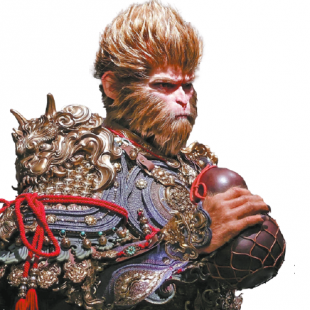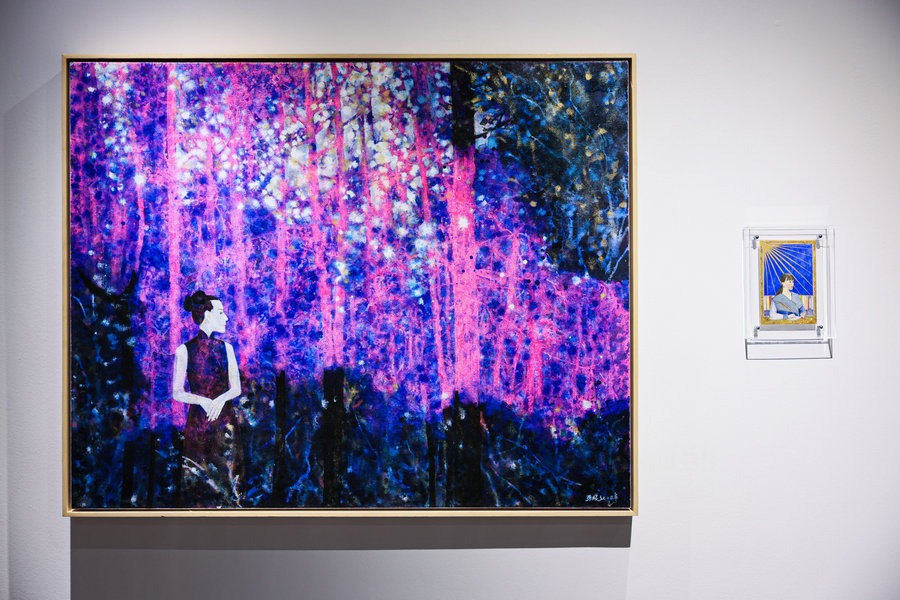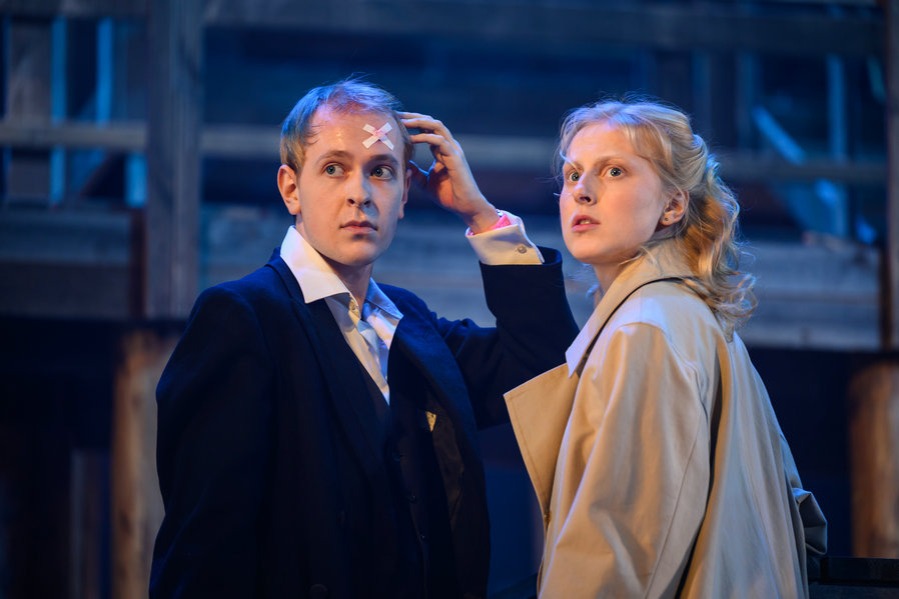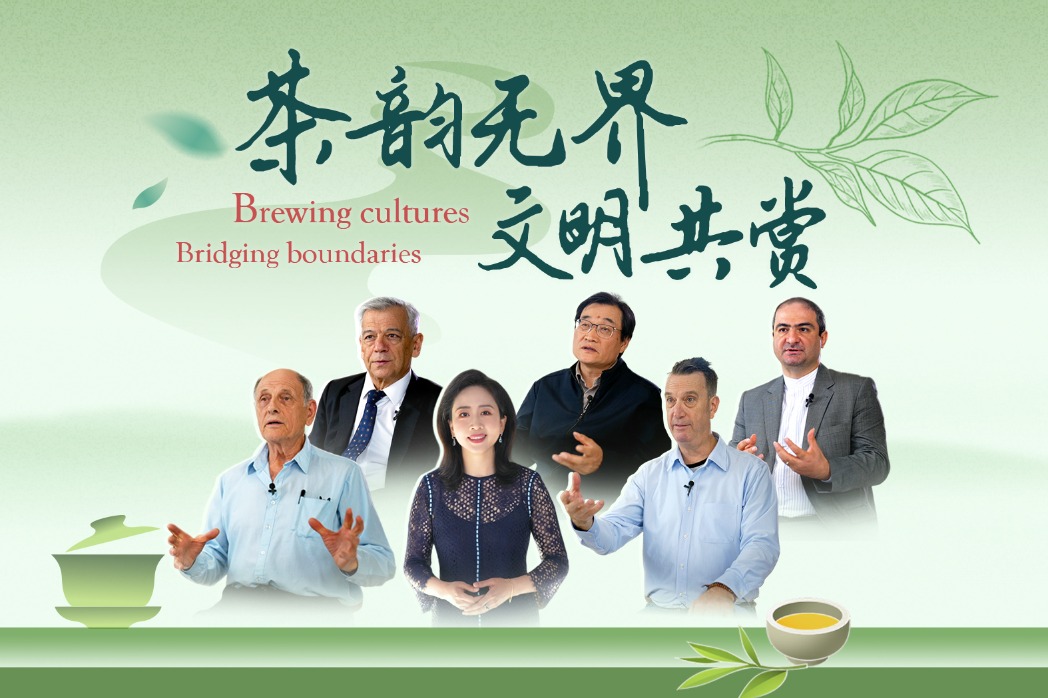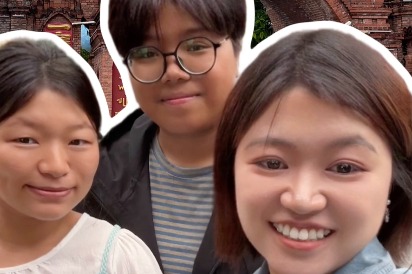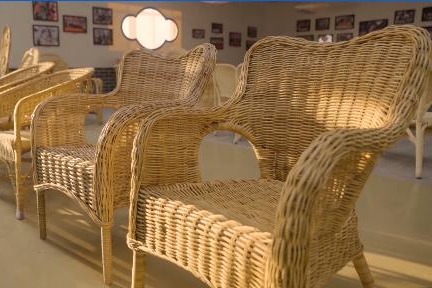Stepping into the mythical world of Wukong
Extensively curated exhibition brings IP offscreen with lifelike replicas of its iconic scenes, Li Yingxue reports.

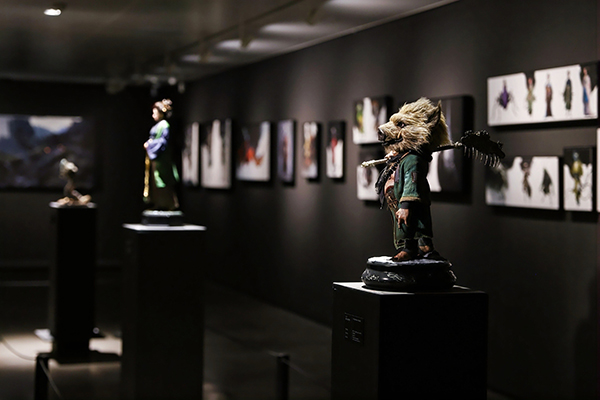
Shared reminiscence
The exhibition offers more than just spectacle; it's an immersive narrative space and a curated walk through myth, memory and digital artistry.
Curator Xuan Xuejun, deputy dean of the School of Animation and Games at the China Academy of Art, describes it as an interactive retelling of the game's structure, where visitors retrace the Destined One's journey chapter by chapter.
"Many visitors come in groups, often fellow players, who reminisce about their in-game experiences as they view the exhibits. The exhibition becomes a journey of shared memories."
In addition to over 400 pieces of original concept art, the exhibition features more than 200 physical objects, creating a spatially immersive environment.
To deepen the experience, it also introduces meditation zones replicated from the game's slower, contemplative moments.
"The physical meditation experience is very different from in-game meditation," Xuan explains. "In the exhibition space, visitors can sit in front of large screens that randomly display dozens of meditation scenes from the game. It's our way of showing that meditation is also a part of traditional Chinese cultural practices."
The show has drawn a surprisingly wide audience. Families, older visitors and schoolchildren fill the halls, many of whom are unfamiliar with the game but eager to explore its world. Xuan also notes a striking trend — a high proportion of female visitors, far exceeding the game's female player base.
"The game's player base is relatively niche, but the exhibition has proved to be broadly appealing, being intergenerational," he says. "We had entire elementary school classes come. I believe this reflects how games can serve as an entry point for aesthetic education in a museum context."
The exhibition also dives into Journey to the West as a long-standing cultural symbol, showcasing everything from Dunhuang murals and 1950s illustrated books to Japanese games and stop-motion animation from Havoc in Heaven.
"The aim is to show that Journey to the West has long served as a key reference point in both international promotion and the domestic continuity of Chinese culture," Xuan explains. "Whether in the arts or everyday life, this IP remains a powerful cultural presence."
Xu Jiang, vice-chairman of the China Federation of Literary and Art Circles, echoes this view, noting that the exhibition taps into something deeply rooted in the Chinese imagination.
"For many Chinese people, their earliest childhood hero is often Sun Wukong, the shape-shifting, cloud-leaping trickster who embodies limitless imagination," Xu says.
"The exhibition feels like a massive game production factory. As visitors move through the space, they come face-to-face with intricate portrayals of humans, gods, demons and monsters, and gain close-up insights into the cultural narratives and technological innovation behind Black Myth: Wukong. It's a game-themed journey into the mythology behind the myth."


